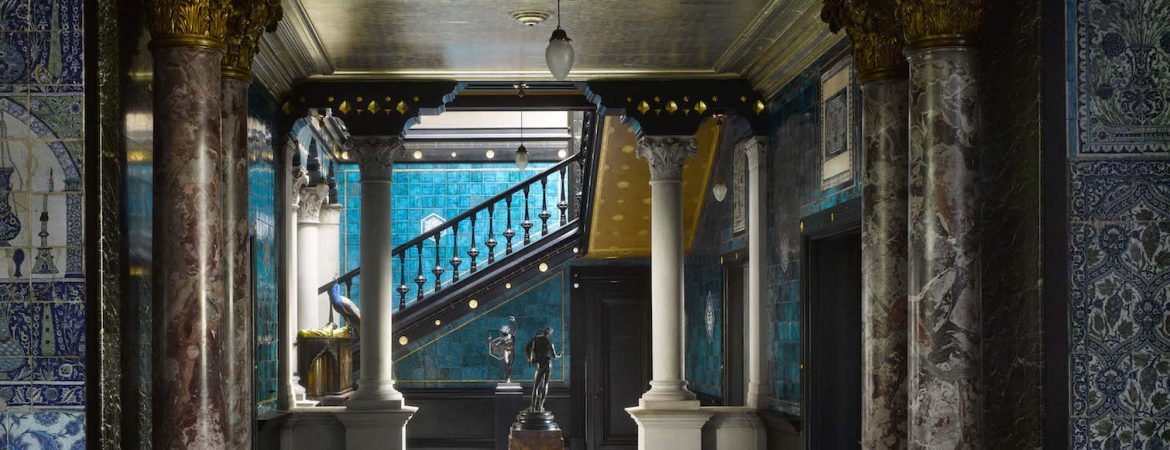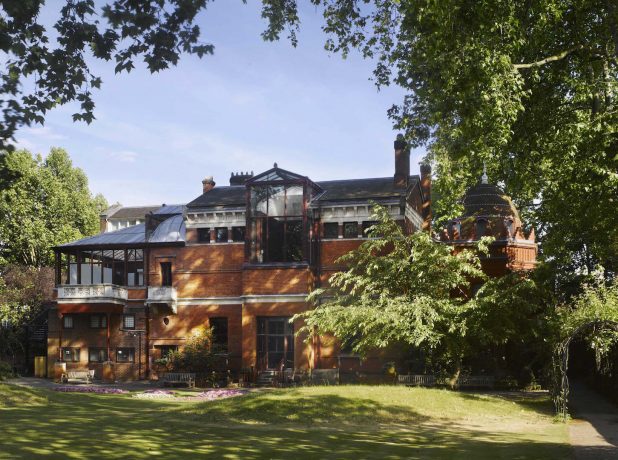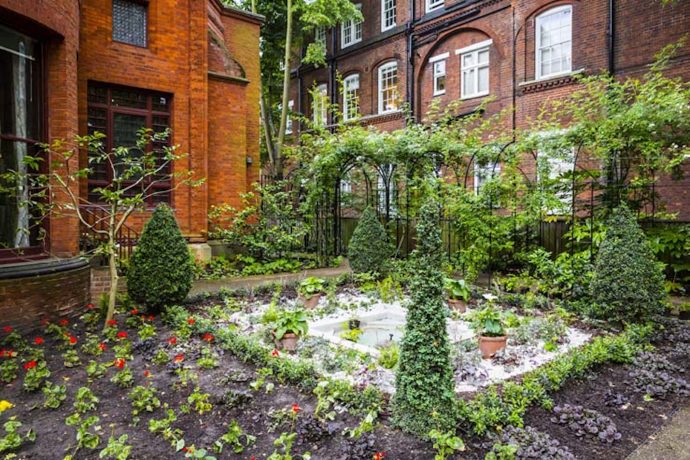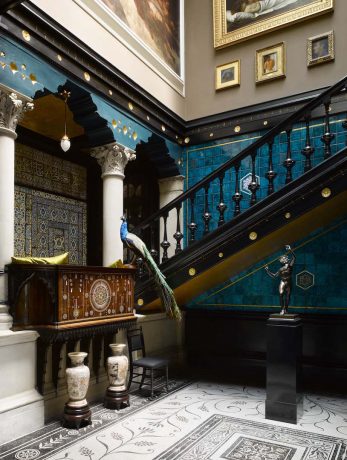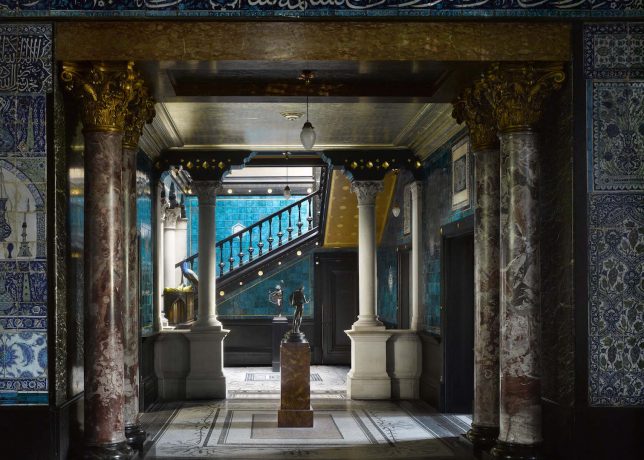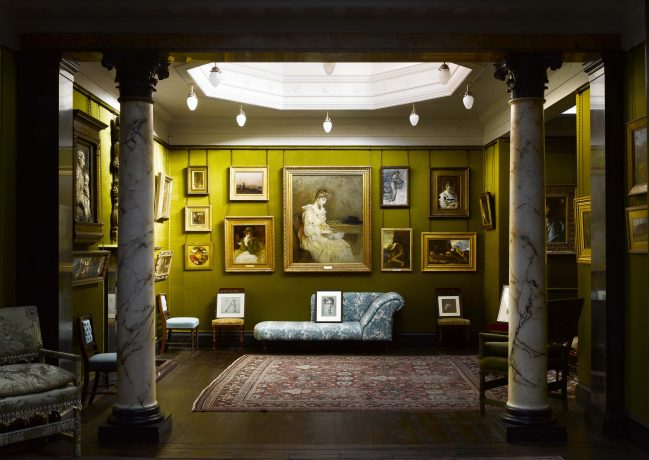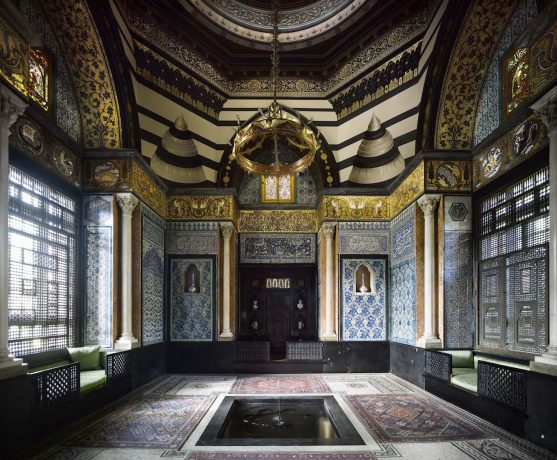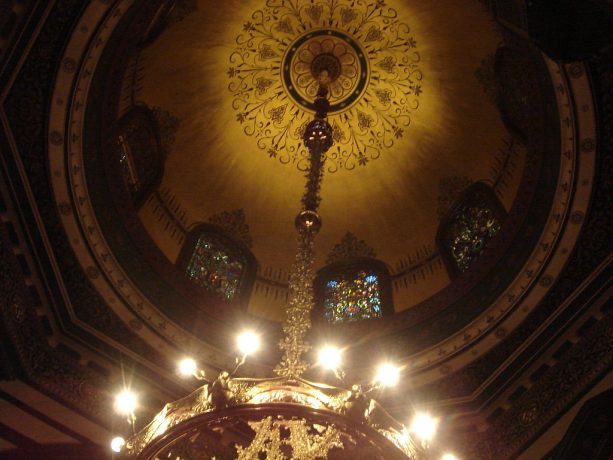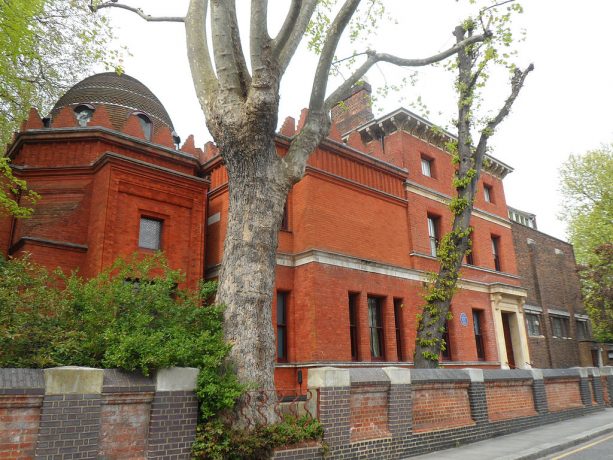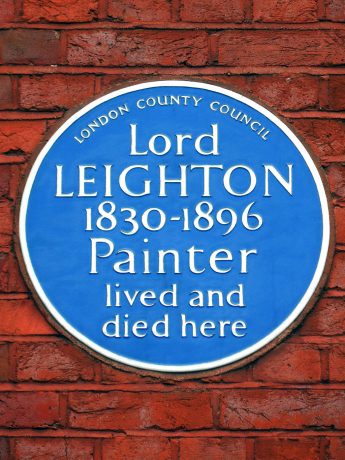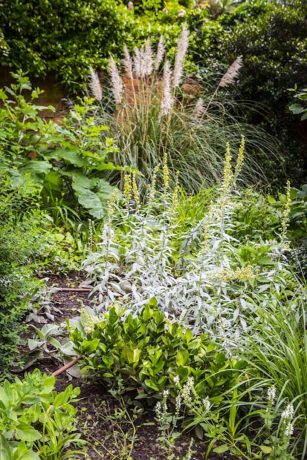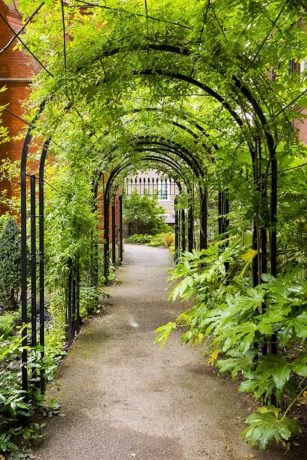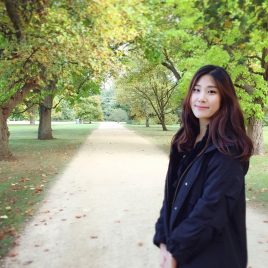Why had I not visited this place before? This was the question in my head as I stood inside of the decadent Arab Hall, perhaps the most impressive room within Leighton House Museum. This place is gorgeous. A bit impractical (I mean a room, for example, covered entirely by tiles in a house in England just doesn’t sound so cozy) but aesthetically on point. The outside is completely different to what the inside holds, which caught me off guard. Electric colors and exquisite attention to details; they did not call this place a ‘private palace of art’ for no reason.
The museum does indeed have that ‘private’ feel to it. It is nestled within a quiet neighborhood near High Street Kensington and from the outside looks like an ordinary red brick house, not so different to those along the street. What makes this place special to the neighboring houses is that this house was specifically designed and lived in by Lord Frederic Leighton, certified with an official London blue plaque on the front of the house.
Lord Leighton was a painter and sculptor, born in 1830. He was also President of the Royal Academy from 1878 until 1896 and was therefore respected by the late Victorian society for his contribution to art. The museum holds around 70 of his paintings and over 700 drawings by Lord Leighton. Whilst living in France he became aware of the thriving Victorian art scene back in England, namely the Pre-Raphaelite brotherhood and he decided to pack up and return back home in 1860. He designed his house with architect George Aitchinson on Holland Park Road, which was where the group of artists who formed the Holland Park Circle were all living in, including George Frederick Watts and William Burges. He and his work became associated with the Pre-Raphaelite movement, a group of artists who were passionate on studying nature in order to best portray it, and who were also influenced by medieval culture.
As this was his home, his personal taste oozes throughout; Lord Leighton had no financial restrictions which allowed him the luxury of designing his house in the exact way that he wanted. It seems he was not afraid to use color throughout the interiors, and all rooms are different in color scheme. The taxidermy peacock reflects the bright and extravagant color scheme of the Arab Hall and the stairway. The obvious important function of the house was to provide an adequate studio space for him to work on his paintings. If you go upstairs you will see how the logistics of the room were specific to the large size of canvases in which he generally worked on. Each of the other rooms open to view was also purposeful built with a function, especially to display parts of Lord Leighton’s prized art collections. The Arab Hall showcases his vast collection of more than 1000 tiles and mosaics which he had collected from the Middle East; the Silk room was used like a waiting room, where guests would wait until Lord Leighton could come out to meet them, and this room shows off his collection of silks. Throughout his home he also displayed many paintings, not just of his own but also from his contemporaries. The house was made for show, and many friends, peers and important figures were welcome to visit and to be entertained by the art around them. Even the Queen Victoria herself had called to visit this house!
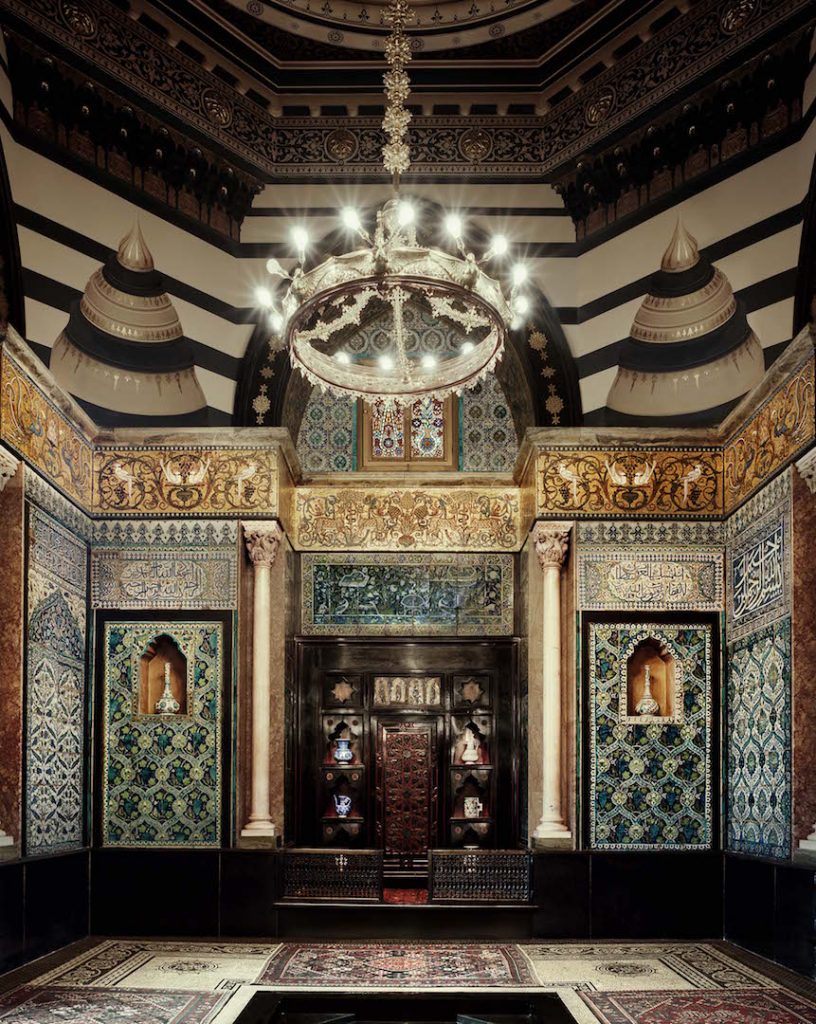
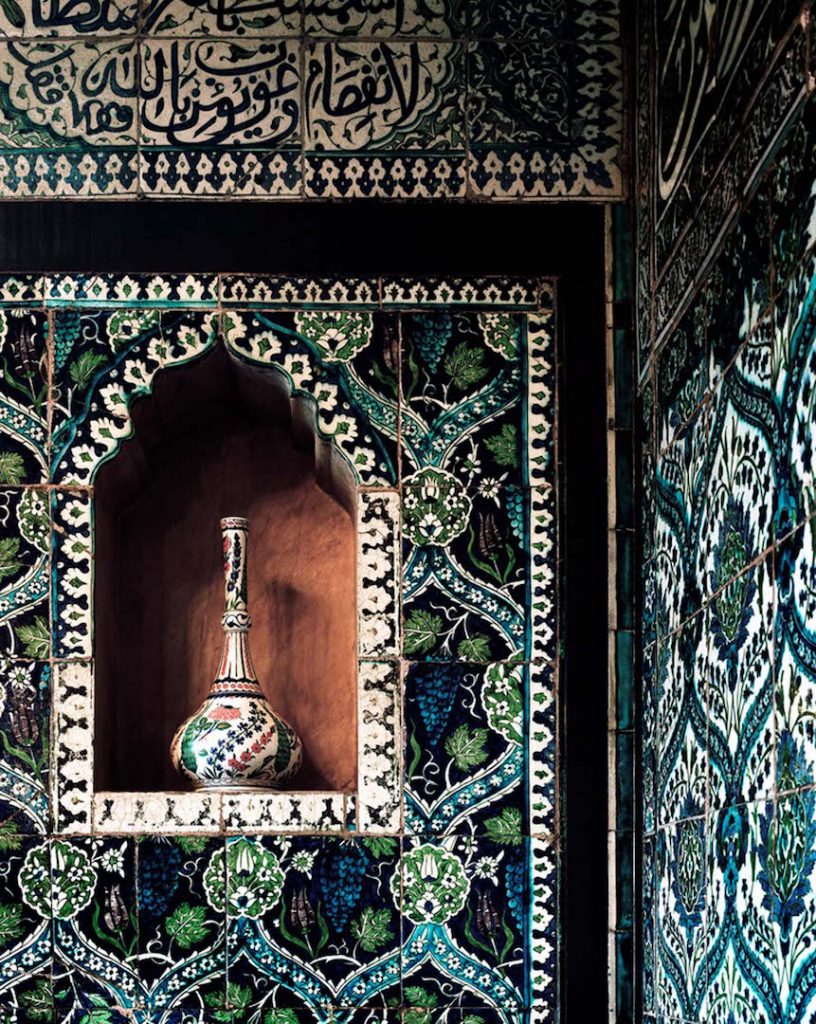
What is particularly exciting about house museums in general is that it not only allows you to see with a degree of accuracy what kind of environment the artist may have lived in, but also further helps us to perhaps understand the artist’s works in relation to what he was surrounded by in his personal space. His back garden is also a reflection of his work: dainty and with wild flowers; you can smell the Pre-Raphaelite romanticism around you. The museum has a group of dedicated volunteers who help to design and work on the garden. The garden, open to the public at no cost, is a little peaceful sanctuary, and you can see neighbors sitting on the benches relaxing with a book, as is the neighboring cat who is looking into the fountain pool wishing there were goldfish inside.
The Leighton House Museums intends to maintain the house so that it is true to the ways in which Lord Leighton had run his house in the time he lived there. As well as the arts, he loved music and had designed his studio so that it could convert into a small concert hall; you will see that there is a small stage at one end of the studio room. The museum even today holds frequent ticketed evenings and events for music and recitals to be performed to the public. This stage is also used to hold talks, alongside the exhibitions which they open. We are particularly anticipating the Flaming June exhibition which opens on the 4th of November 2016, which will be when this iconic painting, Flaming June, by Lord Frederic Leighton will for the first time be exhibited in the house in which it was made.
